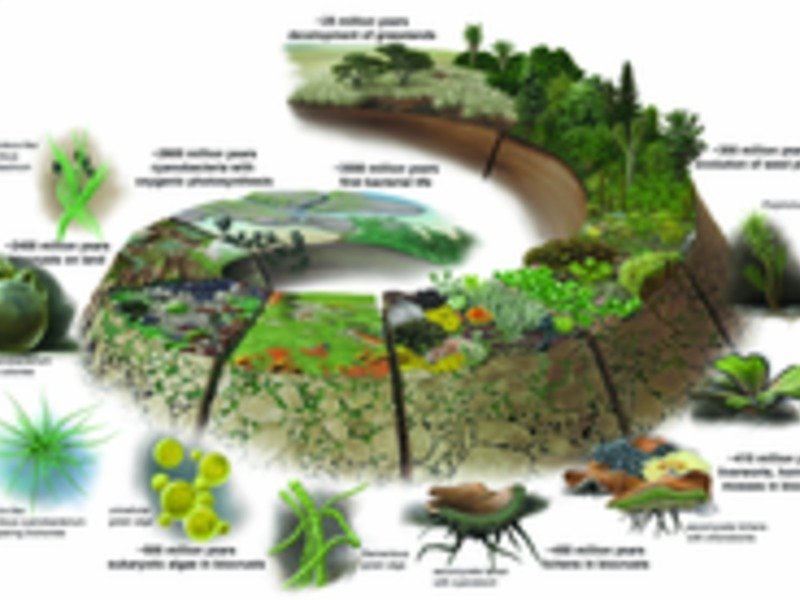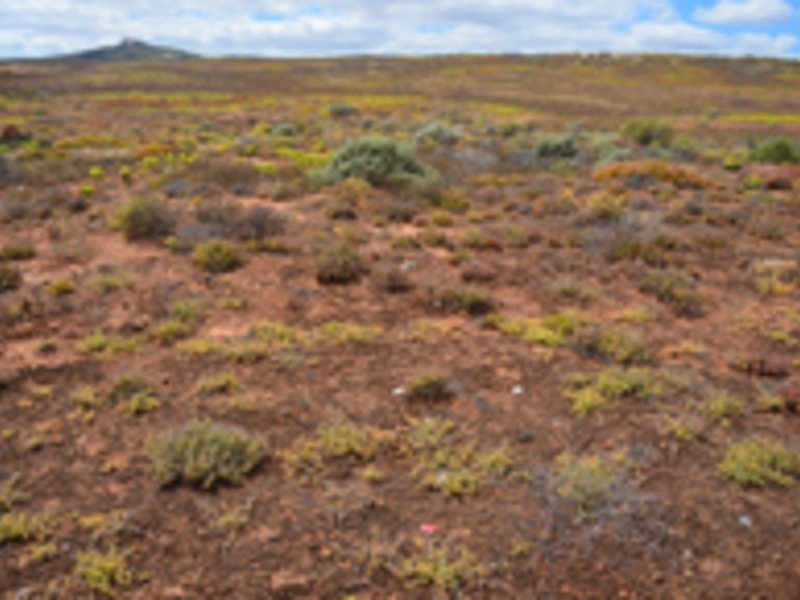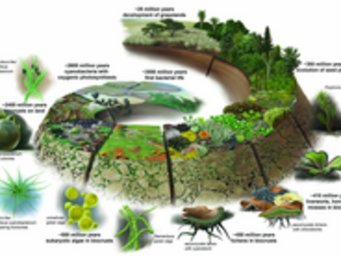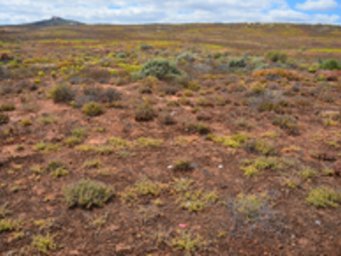550-page edited volume on biological soil crust research
New book summarizes current knowledge about biocrusts - Mainz scientist is co-editor
61 authors from 16 countries, 25 book chapters on 550 pages, and an enormous amount of knowledge that needs to be integrated and structured. Bettina Weber, Group Leader at the Max Planck Institute for Chemistry, took on this challenge over the course of the last five years together with her co-editors Jayne Belnap (US Geological Survey in Moab, Utah) and Burkhard Büdel (TU Kaiserslautern). And, successfully so: In May, the book “Biological Soil Crusts: An Organizing Principle in Drylands” will be released and illustrates the current state of research in the field of biological soil crusts. The editors took special care to capture the entire bandwidth of research topics and to cover all geographical regions in which biological soil crust research is being conducted. Not an easy task considering the over 40 countries and 20 subject areas this coverage includes. The final result is not only of great interest for scientists and experts but also for representatives from other interest groups such as nature conservation groups, for example.

In 2010, Bettina Weber, Jayne Belnap, and Burkhard Büdel decided to venture forth for a continuation of the 2003 book volume “Biological Soil Crusts: Structure, Function, and Management” (Jayne Belnap and Otto L. Lange were the previous editors) at the suggestion of Otto L. Lange, who, together with Konrad Springer, started the “Ecological Studies” series in 1970 in the Konrad Springer publishing house, and who has been the senior editor ever since. “The book by Belnap and Lange is considered a fundamental work for biological soil crust research,” says Bettina Weber. To this day, almost all papers published on soil crusts cite this book. “However, since 2003 a lot has happened in this branch of research, and it was time to compile a new comprehensive volume.” It was particularly important for the editors of the volume to include scientists from as many regions as possible, in order to ensure an extensive and complete as possible examination of the different subject areas. As an addition, they managed to include both established scientists and young scientists as co-authors for the edited volume. “We have also involved four Chinese authors, in order to include their important works published in their first language,” explains Bettina Weber, who, together with her colleagues, edited each chapter multiple times and ensured the final touches were in place before printing.

Biological Soil Crusts: Underrated Soil Ecosystems
One of the aims of this edited volume is to highlight the scientific significance of biocrusts and to create a greater awareness in the sciences for the global relevance of these small ecosystems. The inconspicuous ground surface cover is common in drylands all around the world and covers around 13 percent of the Earth’s surface, which corresponds to an area of over 17 million square kilometers.
In previous years, Bettina Weber, together with different research teams, was able to show that biological soil crusts play a significant role in the global nitrogen cycle. Biological soil crusts release reactive nitrogen compounds into the ambient air, which in turn influence the self-cleansing capacity of the atmosphere. “Our studies show that these communities of organisms have a strong influence on various biogeochemical cycling processes, and therefore need to be included in global climate models,” emphasizes Bettina Weber. The inconspicuous organisms therefore perform a major task which still is not being paid sufficient attention, the biologist explains further.
The edited collection highlights the diversity and structure of biological soil crusts, their significance in the water and nutrient balance as well as their function as soil stabilizers. The chapters also deal with the geological relevance and the dangers of land use and climate change. Finally, measures for the protection and restoration of biocrusts are described. In the outlook of the last chapter, the editors point out research gaps and promote the formation of global research networks in order to successfully cope with the global challenges of future decades.
The edited volume will be available from the Springer Publication House, both in printed form or as an e-book. It is also possible to purchase individual chapters.

